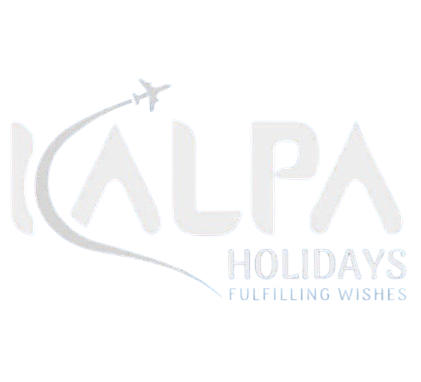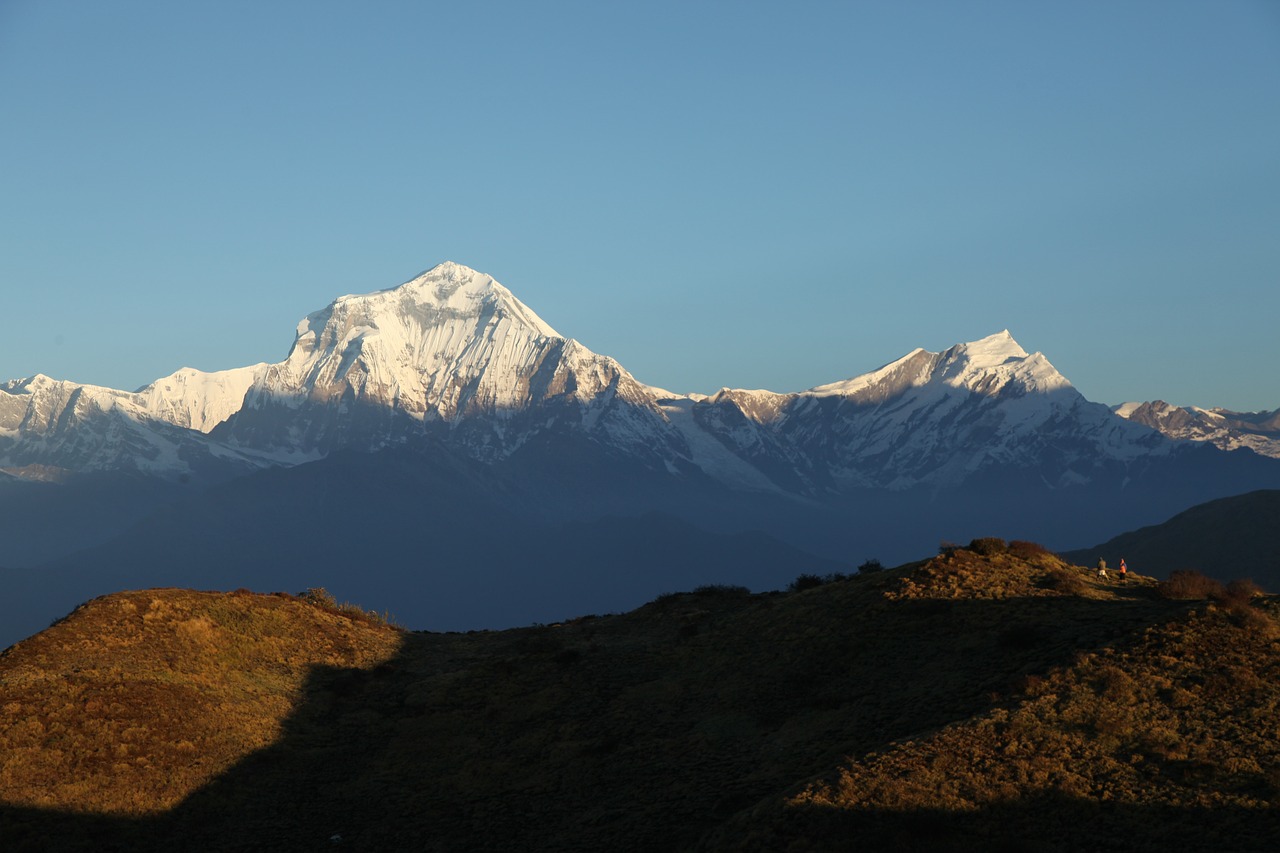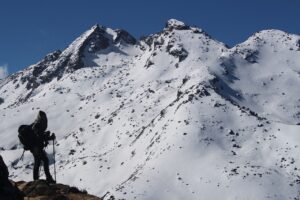Essential Accessories:
Trekking in the Annapurna region requires appropriate gear and clothing to ensure your comfort, safety, and enjoyment. Here is a list of necessary equipment and clothing for the Dhaulagiri Circuit Trek.
General Clothing:
Moisture-Wicking Base Layers
- Lightweight, moisture-wicking t-shirts (synthetic or merino wool)
- Moisture-wicking undergarments
Insulating Layers
- Fleece jacket or pullover
- Insulated down or synthetic jacket (for higher altitudes and colder nights)
Outer Layers
- Waterproof and breathable shell jacket
- Waterproof and breathable shell pants (zippered for ventilation)
Trekking Pants
- Lightweight, quick-dry trekking pants
- Convertible pants (for adjustable comfort)
Headwear
- Warm beanie or hat
- Sun hat or cap with neck protection
- Buff or neck gaiter
Hand wear
- Lightweight gloves (for lower elevations)
- Insulated gloves or mittens (for higher elevations and cold nights)
Footwear
- Sturdy, waterproof trekking boots with ankle support
- Comfortable trekking socks (moisture-wicking and cushioned)
- Gaiters (optional, for added protection in snow or rain)
Trekking Gear:
- Backpack: Comfortable, well-fitting daypack (20-30 liters) for your essentials during the day
- Sleeping Bag: A warm and suitable sleeping bag (rated for the season and temperature)
- Sleeping Pad: Lightweight, insulated sleeping pad for added comfort and insulation
- Trekking Poles: Collapsible trekking poles for stability and support on steep descents and ascents
- Headlamp: A reliable headlamp with extra batteries for early morning starts or late-night use
- Water Bottles or Hydration System: At least two 1-liter water bottles or a hydration reservoir to stay hydrated on the trail
- Sunglasses: High-quality, UV-protective sunglasses with side shields for glacier travel (if trekking during snow season)
- Trekking Towel: Quick-dry, lightweight trekking towel for personal hygiene.
Electronics:
- Camera and Accessories: If you wish to carry a camera with you, make sure that you have extra batteries, memory cards, charging equipment, portable power bank, and adapters. Also, ensure that you have a water-resistant camera bag.
- Mobile Phone: Mobile phone with a local SIM card for communication and navigation (if needed).
- Maps and Navigation: Detailed trekking map or GPS device to help you navigate the trails.
Personal Comfort:
- Sunscreen and Lip Balm: High SPF sunscreen and lip balm with UV protection to prevent sunburn.
- Insect Repellent: Insect repellent to protect against mosquitoes and other insects.
- Trekking Permit and TIMS Card: Keep your trekking permits and TIMS card in a waterproof pouch or bag for safekeeping.
Optional Items:
- Book or Entertainment: A book, Kindle, or other entertainment for downtime at tea houses in the evenings.
- Travel Pillow: An inflatable or compressible travel pillow for added comfort while sleeping.
- Earplugs: Earplugs to block out noise in teahouses and ensure a good night’s sleep.
- Trekking Umbrella or Raincoat: A compact trekking umbrella or raincoat for rain protection, especially during monsoon season.
- Duffel Bag: A sturdy duffel bag for storing extra gear that you don’t need on the trek. Leave this at your hotel in Pokhara during the trek.
- Trekking Insurance: Comprehensive travel insurance that covers trekking at high altitudes, emergency evacuation, and medical expenses.
Miscellaneous:
- Toiletries: Personal hygiene items (toothbrush, toothpaste, biodegradable soap, hand sanitizer, toilet paper, etc.)
- First Aid Kit: A basic first aid kit with essentials such as bandages, antiseptic wipes, blister treatment, pain relievers, and any personal medications.
- Water Purification: Water purification tablets or a water filter to treat water from natural sources.
- Travel Documents: Passport, visa, travel insurance, permits, and photocopies of important documents, kept safe in a water-proof pouch.
- Cash: Sufficient Nepali Rupees (in small denominations) for expenses along the way, as ATMs may not be available in remote areas.
Essential Information:
Altitude Sickness Information
- Altitude sickness, also known as Acute Mountain Sickness (AMS), can occur when ascending to higher altitudes too rapidly.
- Symptoms include headache, nausea, dizziness, fatigue, and shortness of breath.
- We prioritize your safety: our guides are trained to monitor symptoms, and our itineraries allow for proper acclimatization.
Fitness & Experience Required
- Dhaulagiri Circuit Trek is graded as strenuous.
- Good physical fitness is crucial. Regular cardiovascular exercises are recommended for optimal preparation.
- While prior trekking experience is beneficial, many trekkers with determination and fitness successfully complete the trek with us.
Visas & International Flights
- Upon arrival in Kathmandu, most nationalities can obtain a Nepalese visa.
- Ensure your passport is valid for at least six months from your travel dates.
- Anyone from anywhere in the world can reach Nepal using various modes of transportation, including air and land. Waterways, although the last option is less common due to Nepal being a landlocked country.
- Visa and Immigration: Upon arrival at TIA, travelers are required to go through immigration procedures. Depending on your nationality, you might need a visa to enter Nepal. Some nationalities can obtain a visa on arrival. Also if you do not want any hassle in the airport then you can also apply before your arrival online from https://nepaliport.immigration.gov.np/online
- Customs: After clearing immigration, travelers proceed to the customs area. It’s important to declare any items that need to be declared and adhere to the customs regulations of Nepal.
- By Air: Tribhuvan International Airport (TIA) in Kathmandu is the main international airport in Nepal, in the near future two more international Airports; Pokhara International Airport and Gautam Buddha International Airport will also be at your service. Make sure to inquire before your travel date. It serves as the primary gateway for travelers from around the world. Here’s how reaching Nepal by air typically works:
- Flights: Various international airlines operate flights to Tribhuvan International Airport (TIA) from major cities across the globe. These flights connect major hubs like Dubai, Doha, Delhi, Bangkok, Singapore, Kuala Lumpur, Istanbul, and more to Kathmandu. Travelers can book direct flights or connect through one of these hubs.
- Our team can assist in arranging international flights to and from Tribhuvan International Airport (TIA) in Kathmandu.
Medical Information
- We strongly recommend a pre-trek health checkup with your doctor.
- Discuss any pre-existing medical conditions and medications you may be taking.
- Carry necessary prescriptions and medications during the trek.
- Safety standards in Nepal are not always equal to what you might be used to in your home country. Stomach issues that often bother travelers in this part of the world can cause dehydration. Rehydration treatment sachets may count as the most important part of your first aid kit when trekking or hiking through places like Nepal.
- It would also be a great idea to carry mosquito and insect repellents to safeguard against possible insect bites, rashes, or allergies. However, risks are minimal during winter, even in national parks and other areas with hot/humid climates. Still, being well-prepared is always the best option.
- The air quality in urban areas can be very poor due to carbon emissions. In suburbs or rural areas too, dusty roads can lead to poor air quality at times. Wearing a mask in such areas and while in local markets is a good way to safeguard from breathing difficulties and possible illness.
Should there be any necessity, our team is capable to get you the necessary medical attention, including first aid and further assistance. The areas we go through are well facilitated with adequate drug stores, pharmacies, and even private clinics and hospitals. General service hours are as follows:
Drug Stores and Pharmacies : 09:00 hrs – 17:00 hrs
Government Health Clinics : 09:00 hrs – 17:00 hrs
Private Health Clinics : 09:00 hrs – 17:00 hrs
Major Private Health Clinics : 09:00 hrs – 17:00 hrs
Government Hospitals : 24 hrs (including emergency services)
Private Hospitals : 24 hrs (including emergency and rescue services)
Travel Insurance
- Comprehensive travel insurance covering trekking at high altitudes is mandatory.
- Travel insurance is a crucial safeguard for travelers. It provides protection against unforeseen events like trip cancellations, delays or interruptions, medical emergencies, emergency evacuation, lost luggage, and more.
- It is essential to choose a policy that suits your needs. Understand coverage, and be aware of exclusions.
- Travel insurance can be purchased for single or multiple trips and should be an integral part of your travel planning for a worry-free journey.
- Our trekking insurance partners offer policies that include emergency evacuation and cover all potential trek-related risks.
Trekking Crews
Kalpa Holidays ensures that our guides are well-qualified and experienced. Guides typically undergo training that includes:
- First aid and wilderness medical training.
- Navigation and map reading.
- Altitude sickness recognition and management.
- Emergency response and evacuation procedures.
- Cultural sensitivity and local customs.
Our porters are well-trained and carry your main luggage, allowing you to hike comfortably.
Currency Exchange
- The local currency is Nepalese Rupees (NPR).
- Currency exchange services are widely available in Nepal, especially in major cities and tourist areas. You can exchange foreign currency at banks, exchange offices, and even some hotels.
- Exchange rates can vary, so it is recommended to shop around for the best rates before making a transaction.
- It is also important to note that using credit and debit cards is becoming more common, especially in urban areas.
Weather Condition
- Weather conditions vary based on altitude and time of year.
- Lower altitudes experience warm days and cold nights, while higher altitudes can be considerably colder.
- Be prepared for sudden weather changes, especially in higher regions.
Food and Nutrition Care
- While trekking, we provide meals and care for your nutritional needs. The main local dish for lunch or dinner is Daal Bhat – rice and lentils served with various curries. Breakfasts can vary depending on trip routes and regions.
- As you ascend to higher altitudes, food prices may increase due to the challenges of transportation. Special meals to try on this trek include Gurung Bread – a deep-fried bread, and Rosti – a hearty potato cake. You can order Rosti with two eggs on top for a filling meal.
- We strongly encourage minimizing the use of plastic during the trek. This includes using boiled water and carrying a refillable water bottle instead of buying water in disposable plastic bottles.
Accommodation
- Nepal offers a wide range of accommodations to cater to the needs of various travelers. From budget options for backpackers to luxurious hotels for those seeking a splendor indulgence, Nepal has something to offer for everyone.
- Accommodation options range from basic to comfortable lodges and tea houses along the route. Rooms are typically twin-sharing with basic amenities.
- Given the limited availability, our team ensures advance bookings for your comfort.
- It is important to note that accommodation options and standards can vary significantly depending on the location and remoteness of the area. Before traveling to Nepal, it is recommended to research and book accommodations in advance, especially during peak tourist seasons, to ensure a comfortable and enjoyable stay.
Vehicle
- Domestic flights from Kathmandu to airport nearest to your trekking route or region are the common mode of transport to start the trek.
- Local transportation might include occasional use of four-wheelers, local shuttle-busses, mules, yaks, etc. for shorter or easier transfers.
Communication Access
- Mobile network coverage is limited in remote areas along the trekking route.
- Wi-Fi and charging facilities are available at selected lodges for a nominal fee.
- Carry a portable charger or power bank to recharge devices.
- Charging facilities are offered at lodges for a fee to keep your devices powered.
Safety & Security
- Your safety is the top-most priority for us. We ensure that our trekking team is equipped with necessary gear, equipment, and comprehensive first-aid kits.
- Our experienced leaders and guides possess extensive knowledge and are trained in first-aid to handle any health emergencies that may arise. If a trekker falls ill due to altitude, they can decide whether to continue or descend, with their well-being as the primary concern.
- Always follow their guidance for safety protocols and route adjustments.
- Staying hydrated, well-rested and attentive, contributes to a secure trekking experience.
- In case of emergencies, we have access to rescue helicopters for evacuations.
Extra Personal Cash
- We recommend that all our clients carry personal spending money to cover visa fees, insurance, beverages, snacks, other incidental spending, and souvenirs.
Group or Single Trip
- Choose between group treks with set departure dates or opt for a private trip tailored to your preferences.
- Group treks provide the opportunity to bond with fellow trekkers and share experiences while private treks ensure that you get more time and ease that suit your requirements the best
Responsible Travel
- We emphasize responsible travel, respecting local culture, people, traditions, and the environment.
- Minimize waste, avoid single-use plastics, and adhere to Leave No Trace principles.
Trip Extensions
- Extend your adventure with cultural tours in Kathmandu or explore other trekking routes in Nepal.
- Take advantage of your free time with activities such as city sightseeing, jungle safaris, paragliding, white-water rafting, or others that are popular and exciting near your trek regions.
- Adding sub-destinations of interest is also an option.
Secure Payment Mode
- In Nepal, secure payment methods are essential for safe and reliable financial transactions, especially in the travel and trekking context. Travelers have various options for secure payments, including cash, credit and debit cards, traveler’s cheques, mobile payment apps, bank transfers, online payment portals, PayPal, Western Union, MoneyGram, bank cheques, and cash-on-delivery for e-commerce transactions.
- Bank transfers are suitable for more extensive transactions, and online payment portals are offered by travel agencies. PayPal is available for online payments, and Western Union and MoneyGram can be used for international money transfers.
- Always exercise caution and use reputable businesses to avoid fraud and scams. Keep transaction records and receipts for security. Before traveling to Nepal, check with your bank to ensure your cards are suitable for international use and inform them of your travel plans to prevent card blocks.
Trips notes:
This trip is ideal for those who want to witness the beauty of the mountains and explore typical Nepalese villages, locals, and how they live a traditional life in the Himalayas.
This trek consists of the following categories of activities:
Nature Trails
This trek will take you through remote areas and nearby forests filled with trees, native flora, and even wildlife. Changes in topography, physical activity, height, temperature, and air quality can all be found on this type of trails. You will be able to become accustomed to all of these things on this particular trail at a steady and comfortable pace.
Village Trails
Village excursions are usually enjoyable since you may observe and learn about the way of life of the locals. Even though one of the reasons people travel is to experience other cultures, some of these differences may come as a surprise to many people given the drastic changes even in basic aspects like food, hygiene, socio-cultural aspects, and communal ethics and manners. The trail crosses through semi-rural and rural communities, enabling you to adjust to these variations tolerably.
Panoramic Trails
On various parts of the route, panoramic trails frequently include community paths and nature trails. Destinations or paths as such need to be situated atop hills or forests in order to provide the best viewpoint of the surrounding beauties and one that is panoramic. As a result, these pathways will lead you to higher locations with fewer people and more natural scenery. The likelihood of seeing nicer panoramas grows along with height, as does the difficulty. The air is constantly thinner and more difficult to reach higher altitudes. However, this trail allows you to feel these things gradually because the terrain is not as challenging and the endpoint, despite being higher up, is easily accessible.
Cultural and heritage trails
Nepal offers an infinite number of wonders to be amazed at within the limited confines of geographical boundaries. The Himalayas, glistening lakes, incredible biodiversity, and the great range of cultural practices make Nepal an ideal destination for all kinds of tourists. While the Himalayas are unquestionably the main attraction of vacations to Nepal, the beauty of the nation’s culture comes to a close second. Nepal is home to a surprising variety of ethnic groups, each of which has its own culture, language, customs, and social mores. Trekking along cultural and heritage trails is a means to explore the country’s cultural characteristics, which mix beautiful natural scenery with age-old customs.
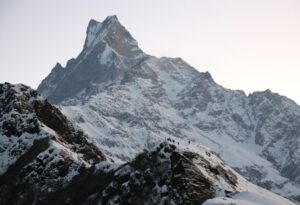 Trekking
Trekking
 Trekking
Trekking
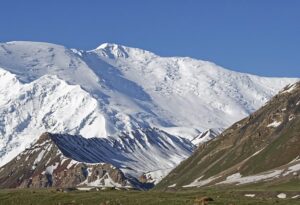 Trekking
Trekking
 Trekking
Trekking
 Trekking
Trekking
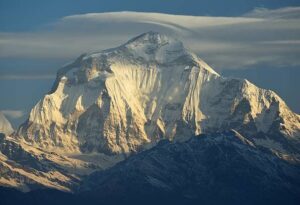 Trekking
Trekking
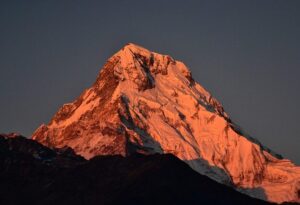 Trekking
Trekking
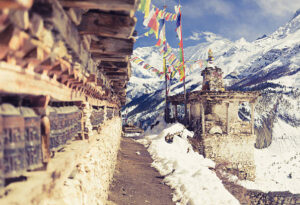 Trekking
Trekking
 Trekking
Trekking
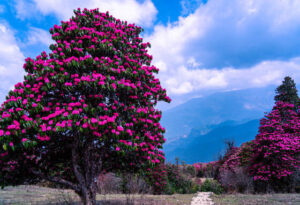 Trekking
Trekking
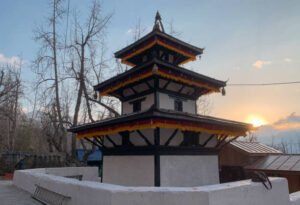 Trekking
Trekking
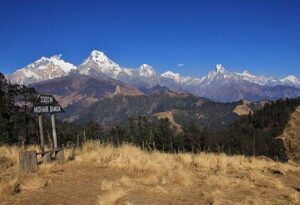 Trekking
Trekking
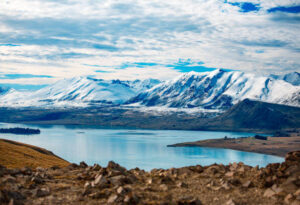 Trekking
Trekking
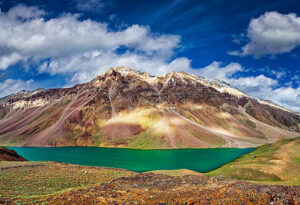 Trekking
Trekking
 Trekking
Trekking
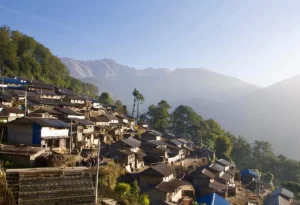 Trekking
Trekking
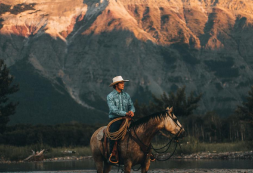 Trekking
Trekking
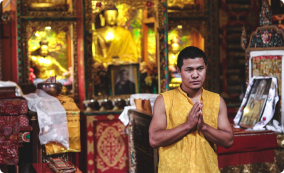 Trekking
Trekking
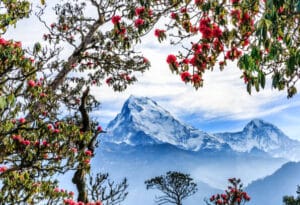 Trekking
Trekking
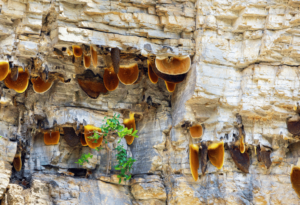 Trekking
Trekking
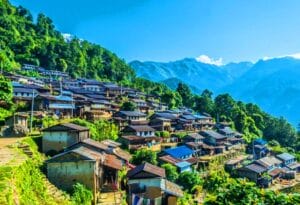 Trekking
Trekking
 Trekking
Trekking
 Trekking
Trekking
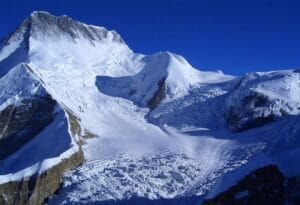 Trekking
Trekking
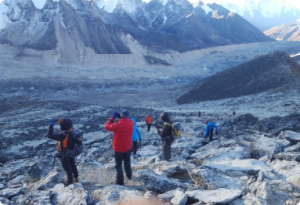 Trekking
Trekking
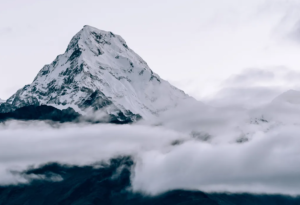 Trekking
Trekking
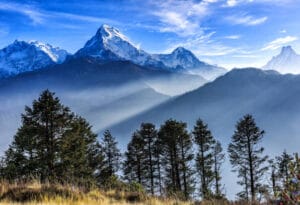 Trekking
Trekking
 Trekking
Trekking
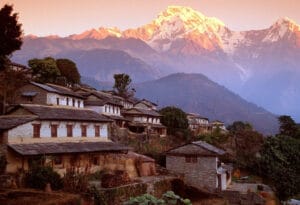 Trekking
Trekking
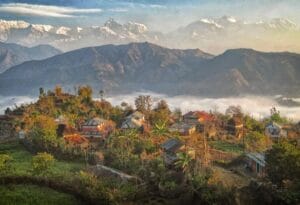 Trekking
Trekking
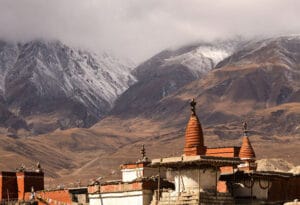 Trekking
Trekking
 Trekking
Trekking
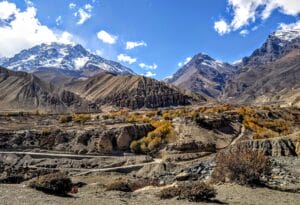 Trekking
Trekking
